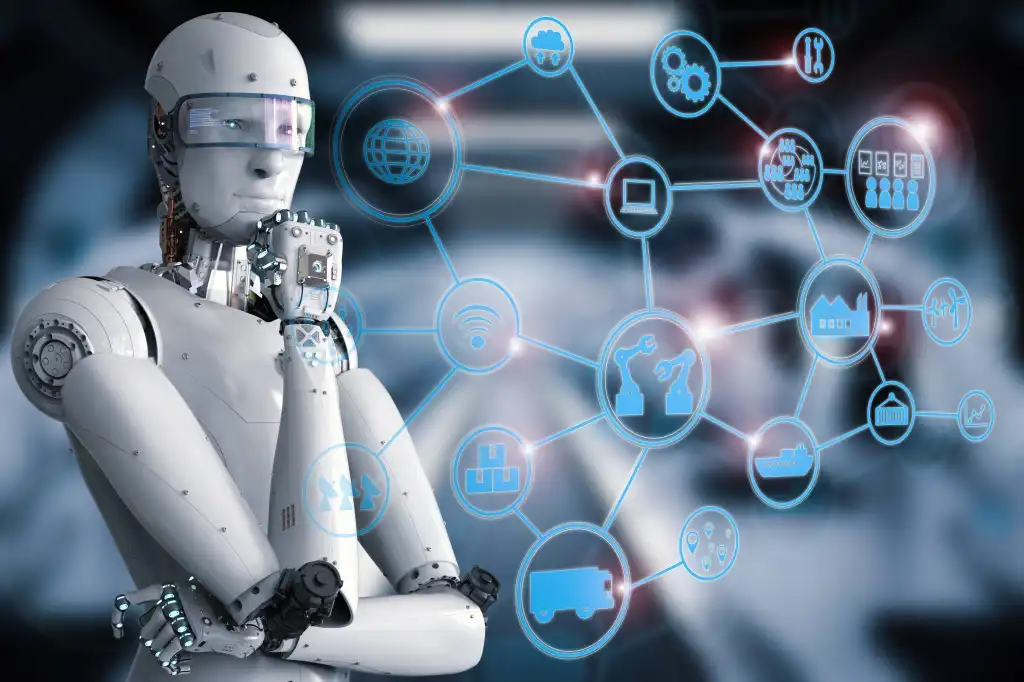
The security industry is undergoing a significant transformation, driven by advancements in artificial intelligence (AI) and machine learning (ML). These technologies are revolutionizing how security systems operate, enhancing their effectiveness and efficiency. In this post, we will explore how AI and ML are shaping the future of security, highlighting their benefits, current applications, and future trends.
Introduction to AI and Machine Learning in Security
Artificial intelligence and machine learning have become integral components of modern security systems. AI refers to the ability of machines to perform tasks that typically require human intelligence, such as visual perception, speech recognition, decision-making, and language translation. Machine learning, a subset of AI, involves the use of algorithms that allow computers to learn from and make predictions based on data.
These technologies enable security systems to analyze vast amounts of data quickly and accurately, identifying patterns and anomalies that would be impossible for humans to detect. This capability is particularly valuable in enhancing surveillance systems, threat detection, and overall security management.
Current Applications of AI and Machine Learning in Security
1. Enhanced Surveillance Systems
AI-powered surveillance systems can process and analyze video footage in real-time, identifying suspicious activities and alerting security personnel immediately. For instance, facial recognition technology, which uses AI algorithms, can detect and identify individuals, even in large crowds, improving access control and monitoring. These systems can also differentiate between normal and abnormal behavior, reducing false alarms and ensuring a faster response to genuine threats .
2. Predictive Analytics
Machine learning algorithms can analyze historical data to predict potential security incidents. By identifying patterns and trends, these systems can anticipate security breaches and take proactive measures to prevent them. For example, predictive analytics can help identify areas prone to criminal activities, allowing security teams to deploy resources more effectively .
3. Automated Threat Detection
AI and ML enhance threat detection capabilities by automating the identification and classification of security threats. These technologies can analyze data from various sources, such as network traffic, user behavior, and access logs, to detect anomalies that may indicate a security breach. Automated threat detection systems can respond to threats in real-time, minimizing damage and ensuring a swift resolution .
Benefits of AI and Machine Learning for Security Companies and Clients
1. Improved Accuracy and Efficiency
AI and ML technologies significantly improve the accuracy and efficiency of security systems. Automated analysis reduces human error, ensuring that potential threats are identified and addressed promptly. This efficiency allows security personnel to focus on more complex tasks, enhancing overall security operations.
2. Cost-Effectiveness
By automating routine tasks, AI and ML reduce the need for extensive human intervention, lowering operational costs. Predictive analytics and automated threat detection can also minimize the financial impact of security breaches by preventing incidents before they occur .
3. Scalability
AI and ML systems are highly scalable, making them suitable for various security applications, from small businesses to large enterprises. These technologies can adapt to different environments and security needs, providing flexible and customizable solutions.
Future Trends and Potential Advancements in Security Technology
The future of AI and ML in security is promising, with continuous advancements expected to further enhance their capabilities. Some emerging trends include:
1. Integration with IoT Devices
The integration of AI and ML with Internet of Things (IoT) devices will create more interconnected and intelligent security systems. IoT-enabled sensors and cameras can provide real-time data to AI systems, improving situational awareness and response times .
2. Edge Computing
Edge computing involves processing data closer to the source, reducing latency and improving the speed of AI and ML applications. This technology will enhance real-time decision-making in security systems, particularly in critical environments such as healthcare and finance .
3. Advanced Biometrics
The use of advanced biometrics, such as gait analysis and voice recognition, will further improve access control and identity verification processes. These technologies, powered by AI, will provide more secure and convenient authentication methods .
Conclusion
AI and machine learning are transforming the security industry, offering enhanced surveillance, predictive analytics, and automated threat detection. These technologies provide significant benefits, including improved accuracy, cost-effectiveness, and scalability. As AI and ML continue to evolve, their integration with IoT devices, edge computing, and advanced biometrics will drive further advancements in security technology. Contact High Risk Enforcement, the best security company in West Palm Beach
High Risk Enforcement is committed to leveraging these cutting-edge technologies to provide top-tier security solutions. By staying at the forefront of technological advancements, we ensure that our clients receive the most effective and efficient security services available.
